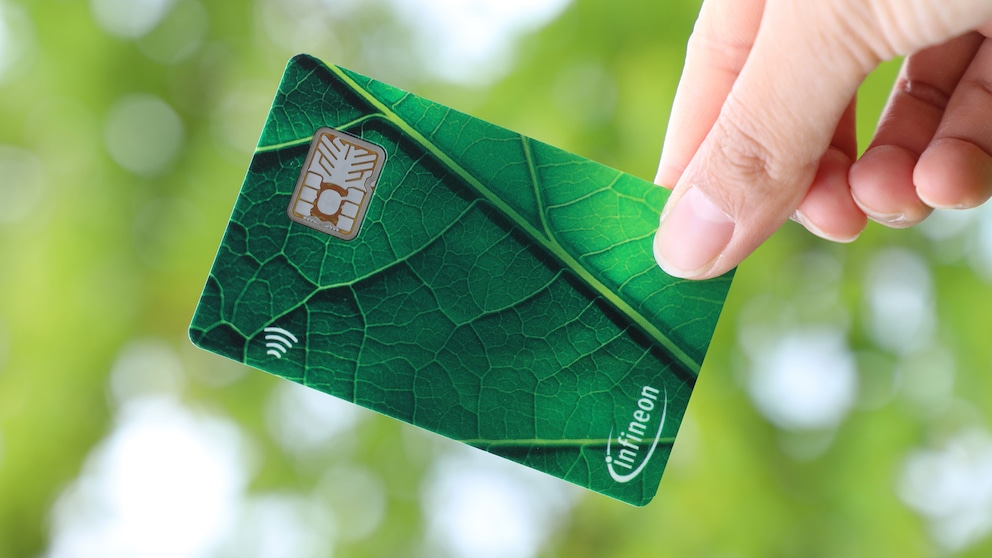October 21, 2024, 9:22 am | Read time: 3 minutes
It’s one of those things with debit or credit cards. Many people use them without knowing exactly how the cards are structured and how they work. What very few people know: There is a lot of metal in current cards. A new generation is set to change this and bring some advantages.
Anyone who has ever had to dispose of their old debit or credit card knows they do not belong in the household waste. This is because, inside the cards, there is not only a visible microchip but also up to three meters of copper wire. Among other things, this serves as an antenna for cards that can be used for contactless payments. Current bank cards are, therefore, not only very demanding in terms of valuable resources, but they also offer potential for improvement in terms of the environment. This is precisely where a new generation of debit and credit cards for cashless payments comes in.
A more environmentally friendly card for cashless payments is coming
The new system, called Secora Pay Green, was developed in collaboration with Infineon. The German-based semiconductor company provides the chip module that is used in the new contactless payment cards. Compared to the previous chip, the new module is visibly larger as it integrates an antenna that receives the energy emitted by the payment terminal and thus supplies the chip with power. As the chip works more economically, the antenna integrated into the chip can be smaller and take over the task of the copper wire previously used, making it superfluous.
This design makes it possible to produce new cards for cashless payment that address two major problems. Firstly, they save copper and, therefore, valuable resources. Secondly, they are much easier to recycle. The copper wire is usually located on a foil that is glued between two layers of the card. It is, therefore, virtually impossible to separate the different layers.

What data is stored on bank cards and credit cards, and where is it stored?

Card payments are more environmentally friendly than cash

You definitely didn’t know this iPhone Wallet hack yet
New chip saves valuable resources
With the new generation of contactless payment cards, however, the larger chip can simply be separated from the plastic coating. The chip can then be disposed of separately from the plastic in electronic waste. According to Infineon, the CO2 footprint can be reduced to 27.10 kilograms per 1,000 cards produced compared to 90.08 kilograms for standard card systems. Extrapolated to over three billion cards issued worldwide per year, this promises a significant reduction in CO2 emissions.
Infineon is based in Neubiberg near Munich and is considered the market leader in chip production for debit and credit cards. The company has been cooperating with the payment service provider Mastercard for years. Together with Mastercard, Infineon is planning to launch the first cards with the new chip for cashless payments in the USA this year. The European launch is scheduled for a little later. However, the new cards will not change the way cashless payments work.


